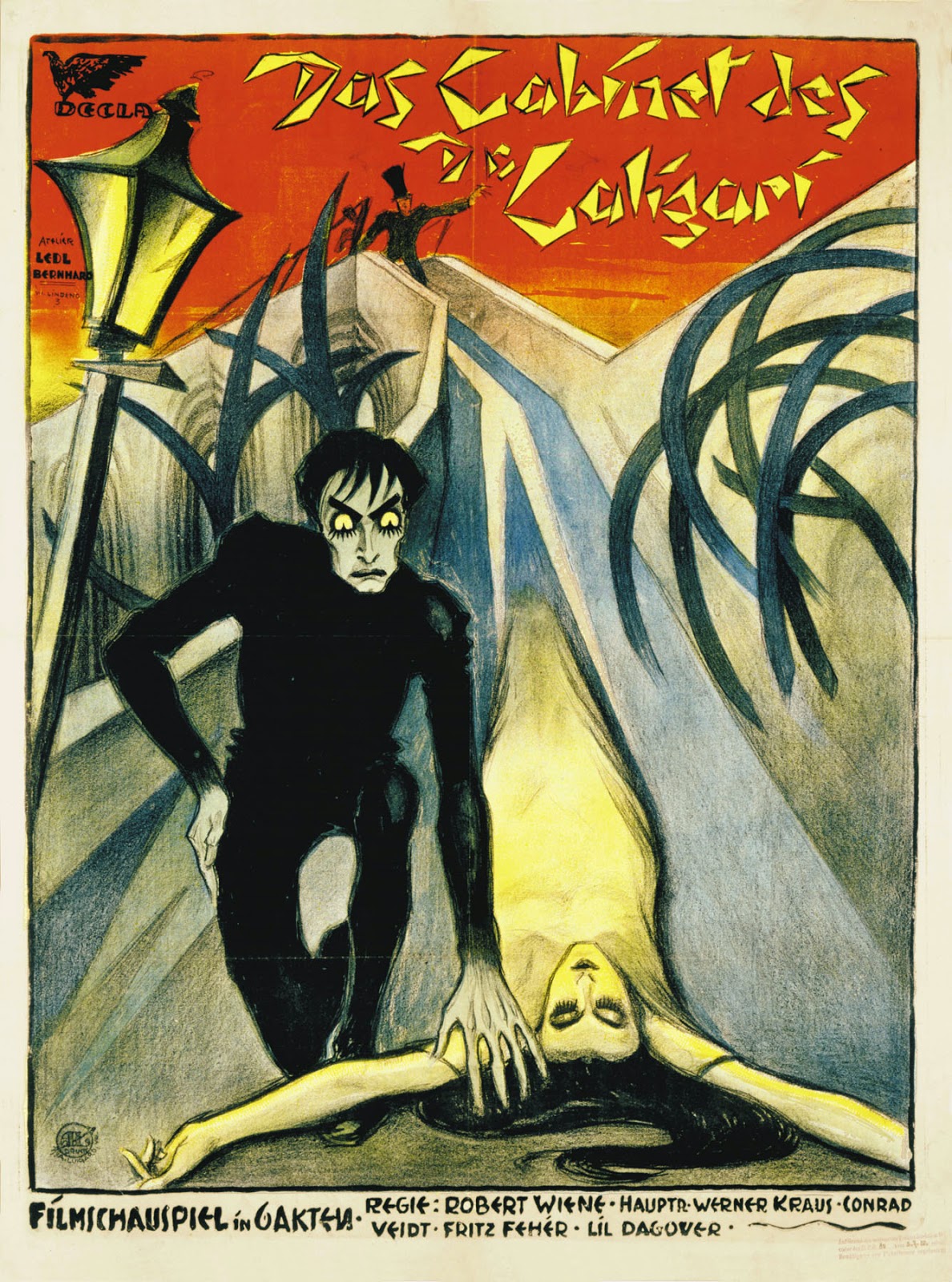Published in 2011, Owen Jones left-wing, revealing book, Chavs, explained how the demonization of
the working class has its roots in 1984. The children and grandchildren of miners
and factory employees were brought up in poverty as not enough jobs were
created to replace the coal mining industry. Jones’ book provided these
foundations but it also explored the modern era too. As inequality only widens,
those working class children are now adults. With very few job prospects, many
communities were left in tatters after collieries, primarily based in the north
of England, Scotland and Wales, were shut down. Still the Enemy Within focuses its attention on that fateful year,
whereby miners spent over 300 days on strike to only lose the battle, and
consequently lose their jobs years later.
Owen Gower directs this powerful film that needs to be watched
by every man, woman and child who can feel unrest in this modern world. If you
follow Russell Brand’s “Trews”, you need to watch this film. If you want an
idea of the pain, suffering and desperate struggle that a revolution and
protest requires, then this film is central to your understanding. The fight is
not a hashtag, claiming #CameronMustGo. The fight is not boycotting your single
Starbucks gingerbread latte or TopShop bargain. Men and women, for almost a
year, were without a pay cheque and were refused the dole. Soup kitchens ensured
children were fed. Their motto, “Coal not dole!” reminds us that they were
fighting for the jobs within an industry that, even in 2014, remains a part of
society. Cruelly, as of 2013, 80% of the coal used within the UK is imported
from abroad. The public sector has been on strike on multiple occasions since
2010, and even then, people find it difficult to make that decision; losing pay
for a single day is too much to lose. 160,000 miners were on strike during
1984, and were without pay for almost a year. Could this inspire a generation?
This particular generation were sold on adverts. Norman Strike,
Paul Symonds and Steve Hamil were told that coal was the future (indeed it is,
just not coal from within Britain). They were convinced that it gave them the
security they needed. Through small re-enactments, we get a sense of the solidarity and close-knit ties these men had to each other and their towns. Miners striked in 1972 and 1974. And won. The difference
with the strikes in 1984, is that Margaret Thatcher was not going to lose. The
government lied to Nottingham by telling them that their jobs would be secure –
they were not. Margaret Thatcher directly intervened with the strike. Police
were brutal and unflinching. A miner, David Jones, was killed during the
strike. Police would threaten arrest of miners who were trying to support
others. Students, LGBT groups and the Black Solidarity group joined the miners
on the strike, knowing that this was an important fight that meant more than
the coal mining industry. Margaret Thatcher stated that miners were “the enemy
within” and the press worked alongside the state in ensuring that the miners,
and unions, were considered villains. Thatcher states how there is an “increasing
left-wing militancy in control of the unions”, attacking the very idea that
working together and reaching a group goal is against “democracy”.
Watching Still the
Enemy Within, there is a marked difference between the accents of those
involved in the strikes and those on news channels and in government. Thatchers
received pronunciation is like scraping your nails on a chalk board against the
warm, familial tone of a Yorkshire lilt or a Scottish twang. There is a clear
relationship between government and the media, as the well-spoken BBC claim
collieries are working when the few who returned to work aren’t enough to work
the machinery. Those neat, perfect voices act as a warning that porkies are
being told. Steve Hamil sensitively notes how, towards the end, they (the
press, the government, etc) weren’t talking to “thinking heads” but to “empty
bellies”. “We lost – but we were right”. In hindsight, Nottingham workers regret
their decisions, wishing they trusted Arthur Scargill, because they were duped
by the state.
This was a cause with an incredible amount of support,
whereby it crossed barriers of gender, race and sexual orientation. Everyone
worked together to defend the miners, but they still lost. Still the Enemy Within neglects to mention the perspective of the
police at the time and the argument against
the coal industry. The proof is in the legacy it left behind. Since 1991, old
mining towns and villages have appalling unemployment statistics and a large
number on benefits. The employment numbers have “gone up” says the current
government. But they neglect to mention the unstable temporary, contractual and
part-time positions that have gone up also. They neglect to mention the
increase in food banks that men and women, in employment, are turning to. Was
Thatcher right? Go back to the towns and see for yourself. The fight is far from
over and what they did ultimately wasn’t enough. Still the Enemy Within forces us to acknowledge our own position.
Will we muster up their spirit and integrity ourselves? Can we look at them and
change the future? This film documents a moment that cannot be forgotten and we
cannot ignore.






































